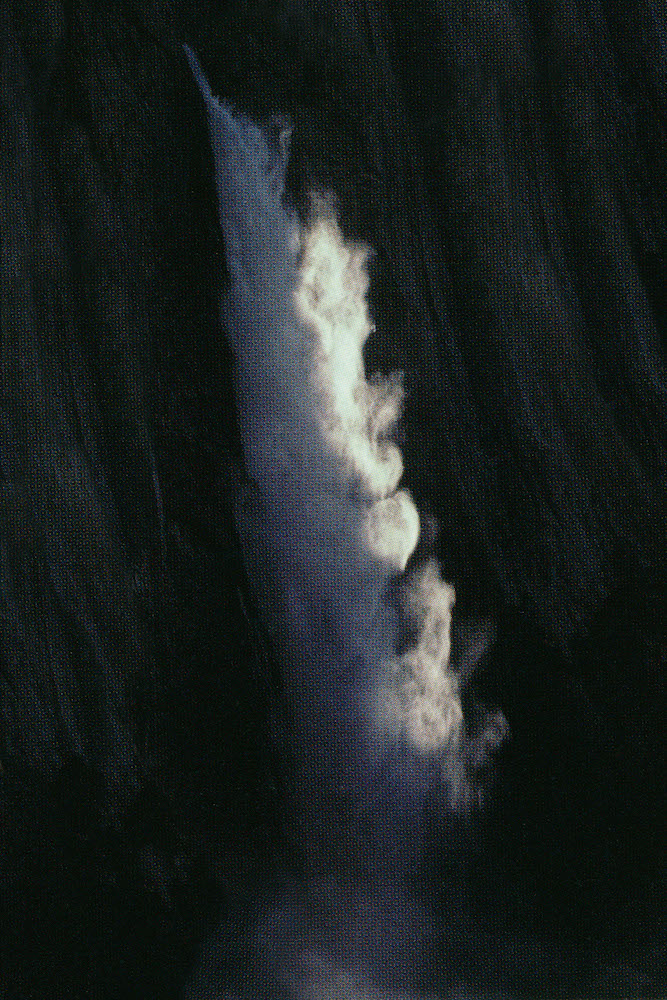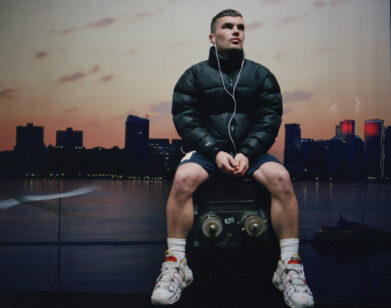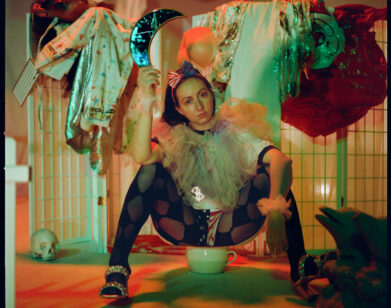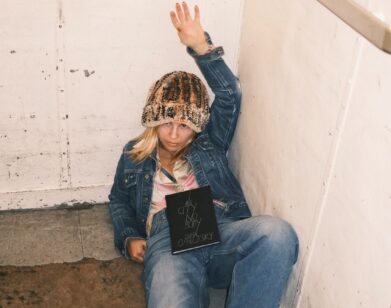A Close Distance
THOMAS ALBDORF IN QUEENS, FEBRUARY 2017. PORTRAIT: TESS MAYER
Thomas Albdorf has never stepped foot in Yosemite, but he knows it well. His familiarity isn’t first-hand, rather it’s mediated through clicks, on Google Street View, and through imagery—iconic, amateur, and algorithmic alike. From his home in Vienna, Austria, he asked himself, “How could I get an idea about this place?” As a photographer with a background in conceptual art, his answer was in images: ones that are recycled, restaged, and reformed. He arrived at a body of work that is far more than a survey of a national park from a distance. In “General View,” which is currently on display at Deli Gallery in Queens, New York, Albdorf questions how layers of photographs form our beliefs about and impressions of place.
“I am utterly aware I have not been to Yosemite,” says Albdorf with a laugh on a recent visit to New York (his first-ever to the States). “When you’ve never seen Yosemite, which is impossible—seen in a sense of never actually saw an image about it—and you go there, it would be a vastly different experience than when you go there with all the knowledge of all of the images that you’ve seen.” Albdorf acknowledges the seemingly never-ending sources of preexisting images available online—especially of natural wonders, where visitors take snapshots as if to say “I was here” and amateurs seek to recreate classic photographs—and culls from them. His practice includes screenshots, studio set-ups, and digital photographic manipulation. In sourcing broadly and recreating images, resisting the notion that there’s a “final” image, Albdorf wedges open a gap of possibility. “For me, nothing is really fixed,” he says. “Every image has a certain potential to be read as something completely different than I actually intended.” As he wrote in an artist statement for his 2015 series I Know I Will See What I Have Seen Before, “One mountain can signify a different mountain, clouds can be petrified, water can become dust.”
“General View” is the epitome of this mind-bending process; Albdorf plays with your preconceptions and makes you realize his images have little to do with a national park. In ??°??‘??.?”N ???°??‘??.?”W (Hey Can I Have That), he restages a scene he saw on Street View in which a child reaches toward an adult’s binoculars. The image is interrupted by blurs and glitchy patching, as though a processing program attempted to understand it and fill in its gaps (as well as obscure the subject); the adult wears a gingham shirt that screams all-American vacation, but was photographed by Albdorf at his studio in Austria. Falls (One) and Falls (Two) echo one another; the first is a scanned found photograph of a waterfall in Yosemite, the second a studio shot depicting a plume of evaporating water. Albdorf is also a bit of a romantic: he imagines two lovers walking through Yosemite, one of them perhaps making an off the cuff sculpture for the other, holding a sparkler to mark the moment in I Made This For You; in Remember When I Made This For You, the moment has passed, depicted by a print held up by a hand—the only residue of its occurrence is the sparkler’s smoke and the photograph itself. The place Albdorf is locating doesn’t exist; he’s grasping toward a feeling, an expected experience, constructing his own reality in the process.
It is in this context that one pixelated image, ??°??‘??.?”N ???°??‘??.?”W (Situation with Feet), is particularly affective. Two feet, belonging to different individuals, are lifted just above the ground, entering a car. It’s a scene Albdorf discovered on Street View and screenshot, but had vanished when he returned to where he found it. Albdorf found himself chasing the subjects’ car up and downhill, click by click, even crosschecking shadows to assure he was at the right day and time (as you can slide between years on Street View), but it was gone. “I know the place where it happened,” he told himself. “I just wanted to get back to the place.” For an unknown reason—perhaps the subject’s faces were inadequately blurred, making them too visible to remain—the fragment of a moment was removed. But Albdorf saved it, and in doing so elevated it: a moment of chance surveillance delicately framed, of no one and nowhere in particular, deemed worthy of a second look. Albdorf says the medium of photography “is something that just happened to [him] at a certain point in time”—”General View” is a reminder that it has “happened” to us all.
“GENERAL VIEW” IS ON VIEW AT DELI GALLERY IN NEW YORK THROUGH MARCH 5, 2017. FOR MORE ON THOMAS ALBDORF, VISIT HIS WEBSITE.







